What to see in Trapani
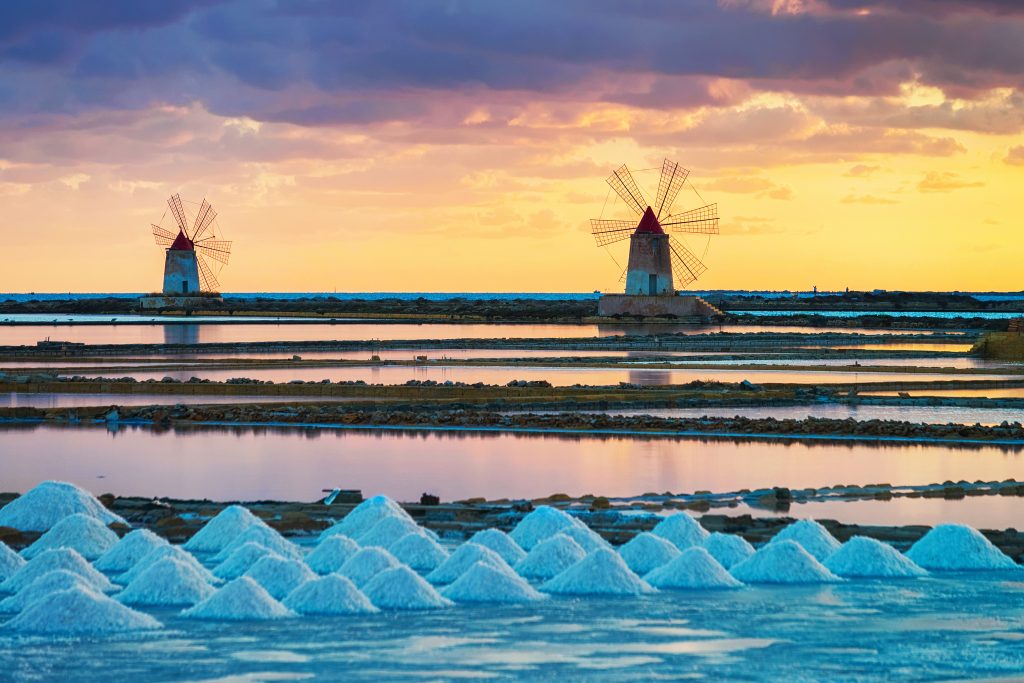
Trapani, with its sickle-like shape, from the Greek Drepanon, benefits from an enviable geographic position: between two seas, at the foot of Monte Erice, near Selinunte, facing the marvellous Aegadian Islands and the famous salt pans.
As you walk through its historic centre, the various cultural layers which the many ruling powers over the centuries have left evidence of in its architecture, art and monuments are immediately obvious.
The city’s oldest and most characteristic streets are Via Garibaldi, Corso Italia and Corso Vittorio Emanuele.
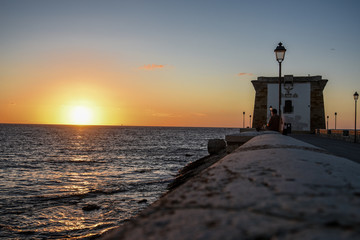
The Torre di Ligny is a symbol of the city. It was built in 1671 by the architect Carlos de Grunenberg, at the behest of Don Claudio La Moraldo, prince of Ligny and viceroy of the Kingdom of Sicily.
For centuries a Spanish watchtower, today the tower is a characterizing element of the city of Trapani, located at the far end of the western coast and has a breathtaking view over the Strait of Sicily and the Tyrrhenian Sea.
Trapani is also famous for the Torre dell’Orologio, the Cattedrale di San Lorenzo, the Fontana di Saturno, the Chiesa di Sant’Agostino, the Chiesa del Purgatorio and the salt pans of Trapani and Paceco.
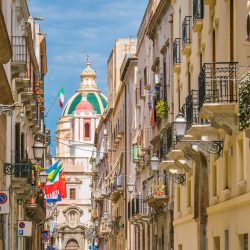
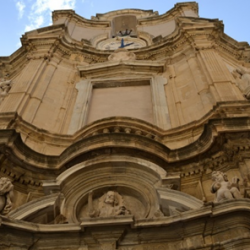
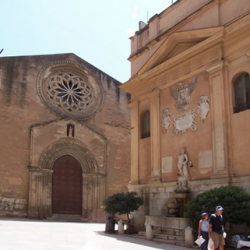
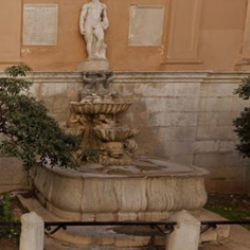
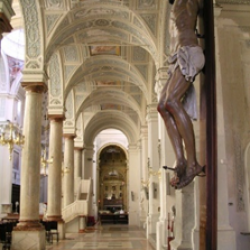

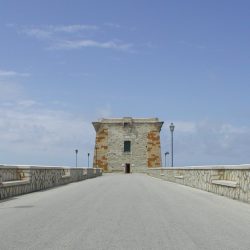
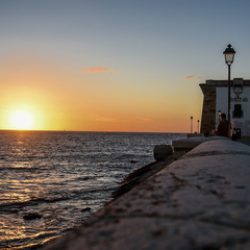
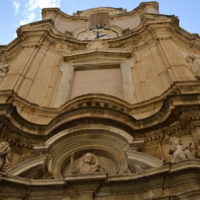
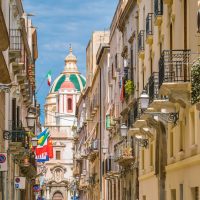
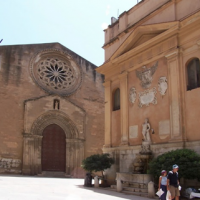
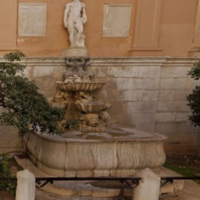
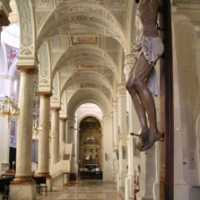
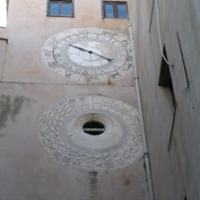
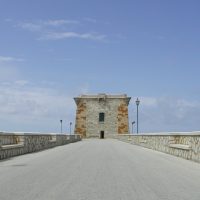
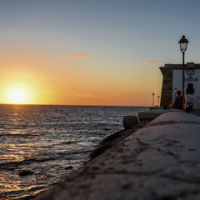
credits: https://comune.trapani.it/
Trapani and Paceco Salt Pans
Western Sicily offers one of the most beautiful landscapes in the world.
The salt pans of Trapani and Paceco represent a remnant of nature that was rescued 26 years ago from urban expansion thanks to the establishment of the Reserve. In addition to being among the last remaining productive salt pans in Sicily, they are also a treasure trove of biodiversity, where production activities and nature conservation coexist.
Here there is a concentration of a great natural heritage recognised as a Special Protection Area (ITA010028) and Special Area of Conservation (ITA010007), IBA and Ramsar Site, but also an area of high landscape, architectural and ethno-anthropological value.
The history of the salt pans has its roots in the time of Frederick II. At that time, salt was fundamental to preserving food. The king understood the economic and commercial potential of the area and imposed a state monopoly on salt production. After the Normans, the Aragonese privatised the salt pans. The economy increased, and Trapani became the most important European centre for salt production.
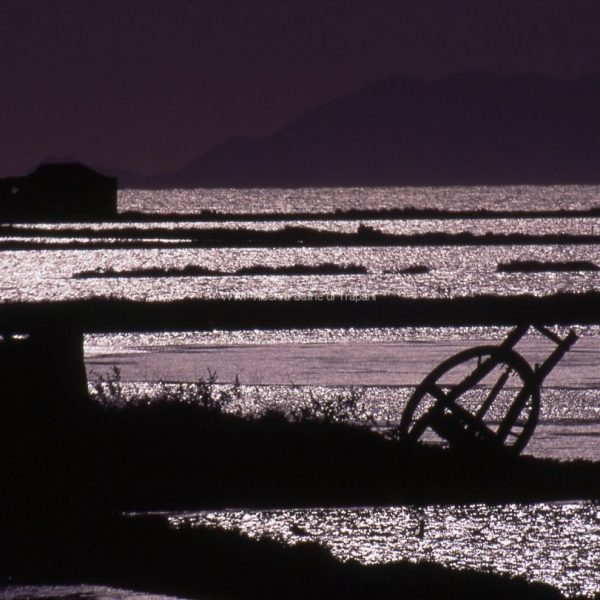

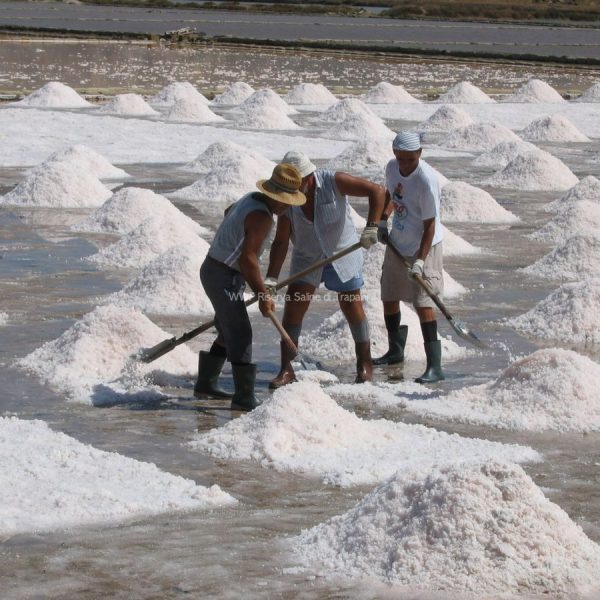
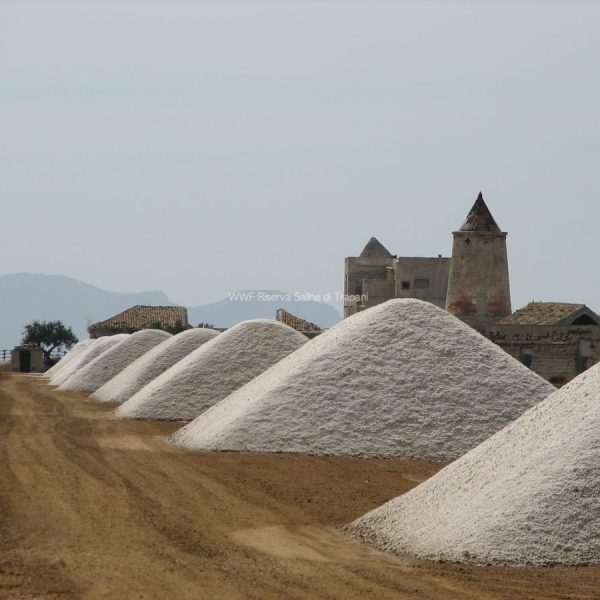
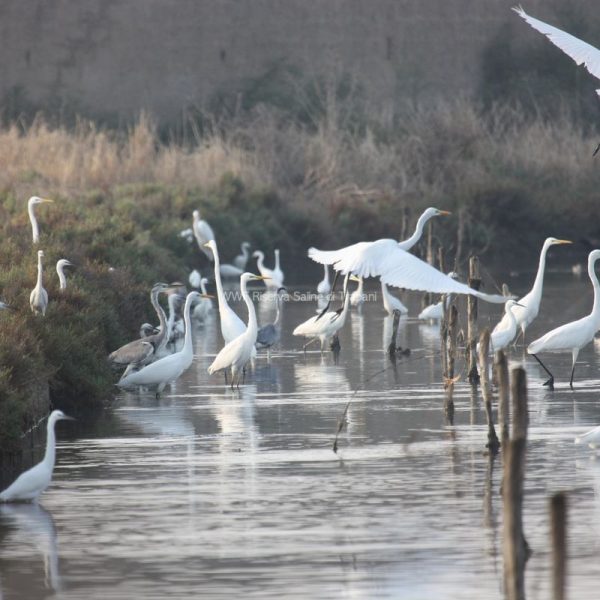
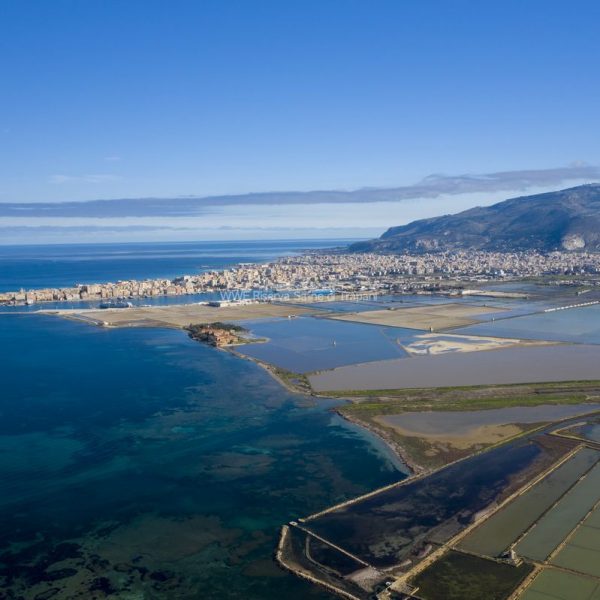
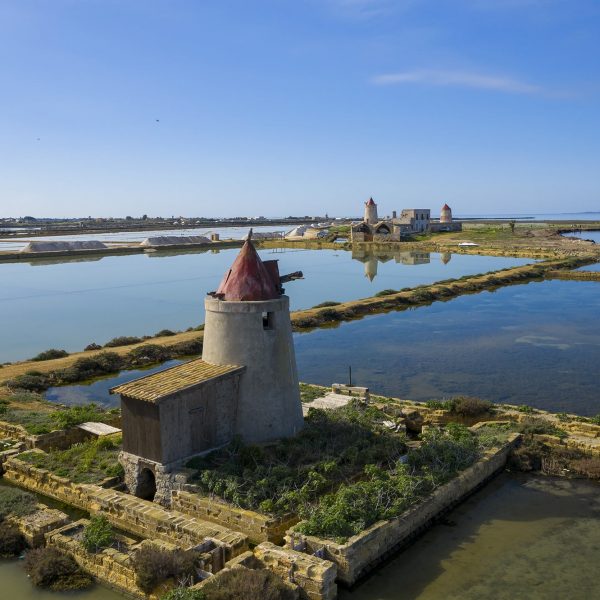
credits: https://wwfsalineditrapani.it/





